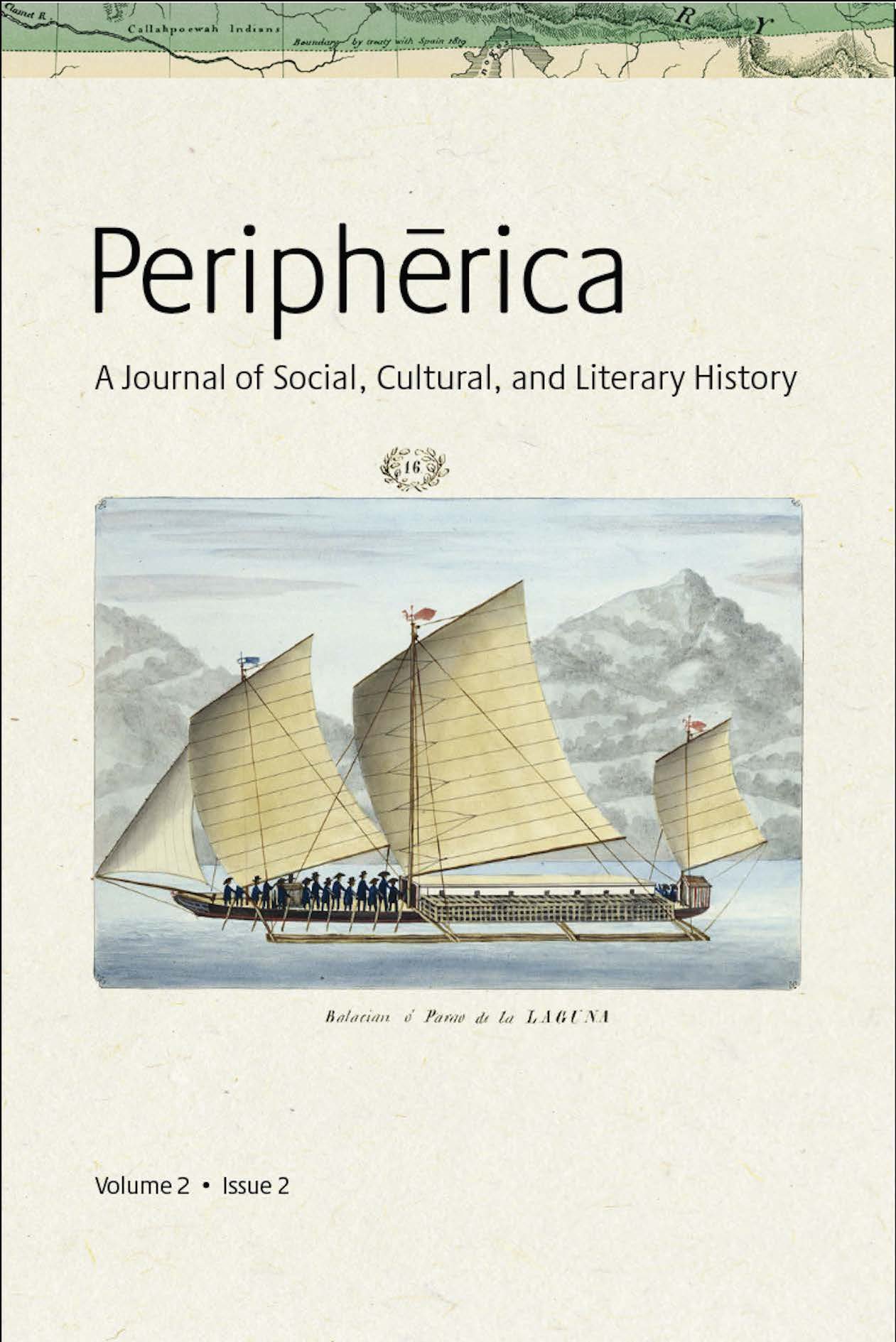The Impact of the 1833 Cholera Epidemic on Havana's Vulnerable Populations and Urban Landscape
Laburpena
This article examines the connection between the cholera epidemic, health codes, and the early nineteenth-century urban change of Havana. Cholera was supposed to be a sickness that targeted weak people of color. Moral deviance and physical contamination had previously been vaguely associated with concepts of racial and class inferiority, but following the 1833 cholera outbreak, the ideological links between the two became clear. Colonial authorities took advantage of the circumstances to carry out many of the urban changes that would drastically change Havana's appearance, such as renovating the most vulnerable areas, creating roads, and establishing aqueducts, public fountains, and gardens. In this study, we will examine the impact of the cholera epidemic on women of color, as well as the modification of their living environments in Havana in the decades after the 1833 epidemic. Viewing the epidemic from the inside allows us to understand the trends of structural racialization prevalent in Havana at the time as well as within our own society. The structural violence made evident by analyzing infrastructure makes analysis of past societies, through race, gender, and class, vital for the creation of policy.##submission.downloads##
Argitaratuta
2023-12-27
##submission.howToCite##
Valderrama Negron, N., & Mohan, R. (2023). The Impact of the 1833 Cholera Epidemic on Havana’s Vulnerable Populations and Urban Landscape. Periphērica: Journal of Social, Cultural, and Literary History, 2(2), 249–286. Berreskuratua -(e)tik https://journals3.library.oregonstate.edu/peripherica/article/view/5826
Zenbakia
Atala
El Pabellón Colonial: Revisiting Cuba and the Philippines



